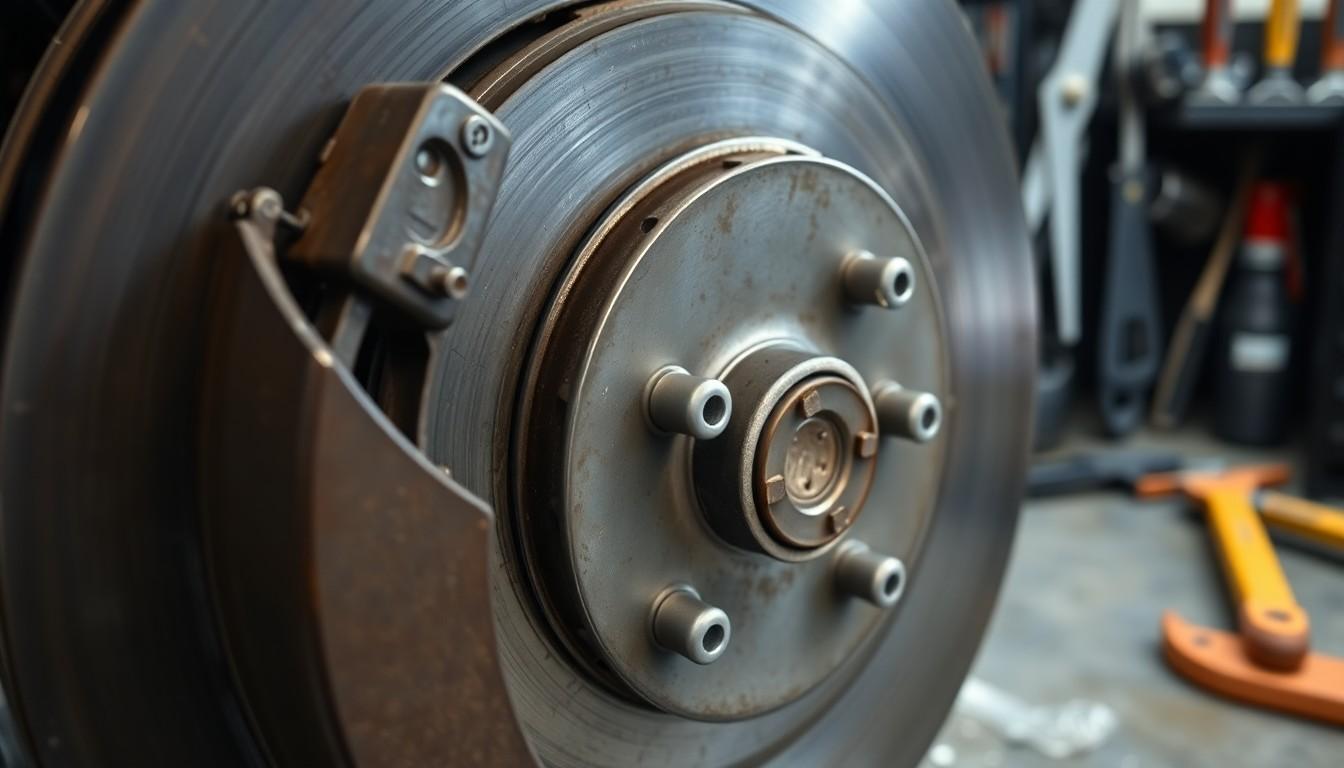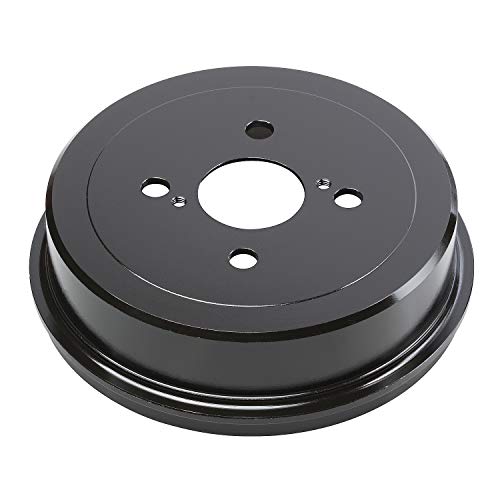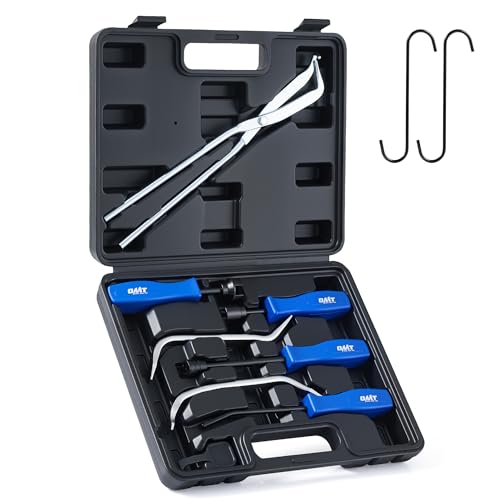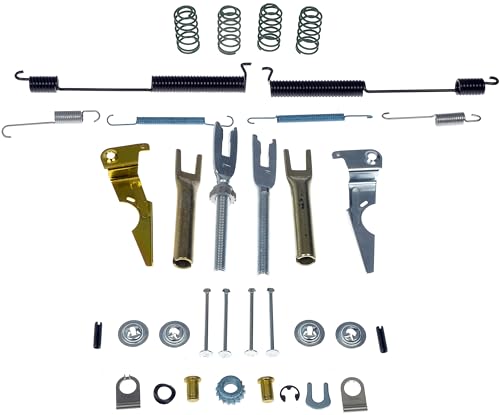Wondering if drum brakes have pads? You’re not alone! This common question confuses many vehicle owners, especially those familiar with disc brake systems. While disc brakes clearly use brake pads, drum brake components work differently but serve the same crucial purpose.
We’ll clarify exactly what drum brakes contain and how they compare to their disc brake counterparts. Understanding these differences isn’t just mechanical trivia—it’s essential knowledge that can help you maintain your vehicle properly and make informed decisions about repairs. Whether you’re a DIY mechanic or simply want to be more knowledgeable when talking to your service provider, we’ve got you covered with straightforward explanations.
Understanding Drum Brake Anatomy
Drum brake systems operate through a mechanism distinct from disc brakes, using friction to slow and stop your vehicle. Their design incorporates several specialized components working together inside a drum-shaped housing attached to your wheel.
Key Components of Drum Brakes
Drum brakes consist of several essential parts that create a complete braking system. The brake drum rotates with the wheel while the backing plate remains stationary, housing all the internal components. Inside, you’ll find brake shoes lined with friction material, return springs that pull shoes away from the drum when brakes aren’t applied, and wheel cylinders that push shoes outward when pressure is applied. Adjusters maintain proper clearance between shoes and drum, ensuring optimal braking performance. Self-adjusters automatically compensate for wear over time, extending the life of your brake components. The parking brake mechanism connects to cables that manually engage the shoes even when hydraulic pressure isn’t present.
The Difference Between Brake Shoes and Pads
Brake shoes and pads serve similar functions but differ significantly in design and application. Brake shoes are curved components specifically designed for drum brake systems, featuring friction material applied to a curved metal backing that matches the drum’s interior shape. They press outward against the drum’s inner surface when activated. Brake pads, conversely, are flat components used exclusively in disc brake systems, clamping against both sides of a rotor with direct pressure. The friction material composition often varies between shoes and pads, with shoes typically having slightly different heat dissipation properties to accommodate the enclosed drum environment. Shoes last longer than pads in many applications due to their larger surface area and the protective nature of the drum housing. Modern vehicles frequently use disc brakes on front wheels for better heat dissipation and drum brakes on rear wheels to balance performance with cost-effectiveness.
How Drum Brakes Function
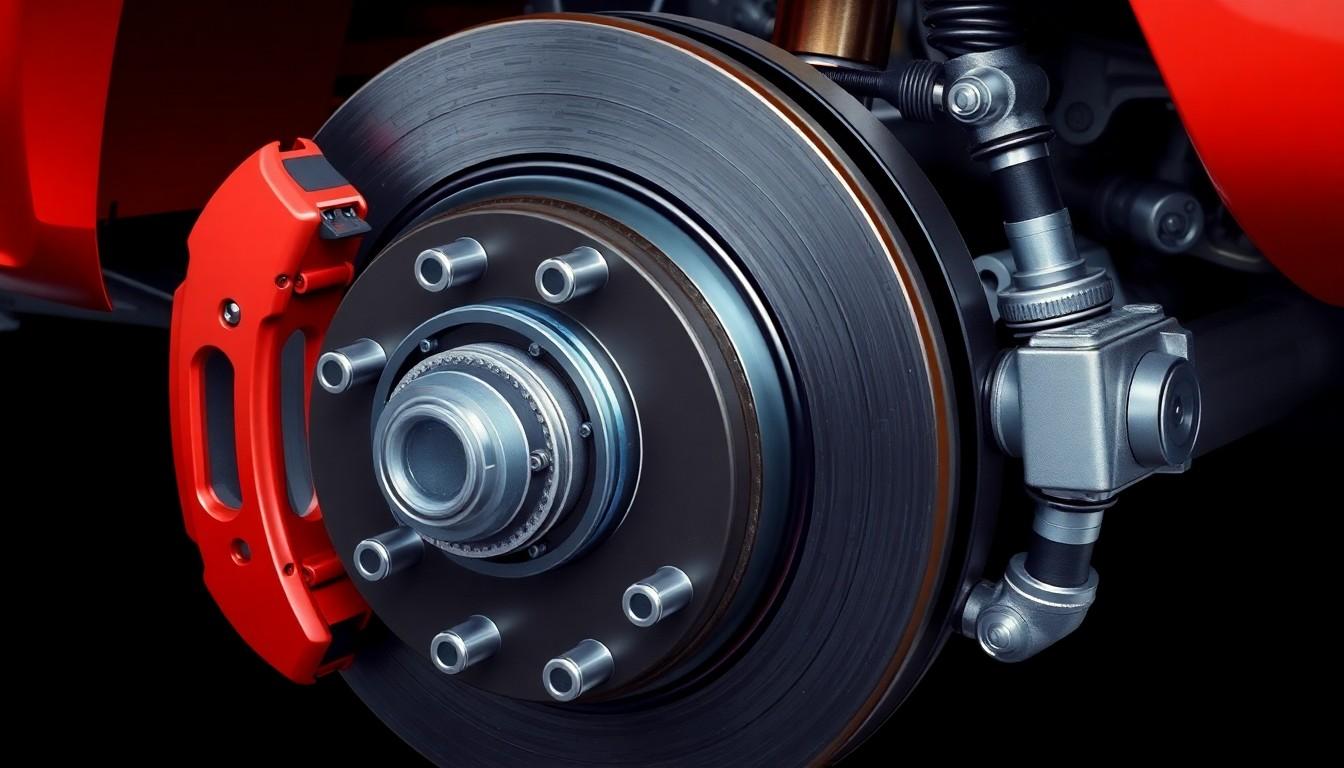
Drum brakes operate through a mechanical system that creates friction to slow and stop your vehicle. Let’s look at how these essential components work together to provide reliable braking power.
The Friction Material in Drum Brakes
Unlike disc brakes that use brake pads, drum brakes use brake shoes as their primary friction material. These brake shoes feature a friction material lining attached to a curved metal base, specifically designed to match the inner curvature of the brake drum. When the brakes are applied, these shoes press against the inner surface of the rotating drum, generating the friction necessary to slow or stop your vehicle. The friction material on brake shoes is typically made of heat-resistant compounds that can withstand repeated braking cycles without excessive wear.
The Braking Process
The drum brake mechanism activates when you press the brake pedal, creating hydraulic pressure that’s transmitted to the wheel cylinders inside the drum brake assembly. This hydraulic pressure pushes the wheel cylinder pistons outward, forcing the curved brake shoes against the inner surface of the rotating brake drum. Contact between the brake shoes and drum creates the friction that slows or stops your wheel’s rotation. Once you release the brake pedal, return springs pull the brake shoes away from the drum, allowing the wheel to rotate freely again.
Supporting Components
Drum brake systems incorporate several supporting components that ensure proper function and longevity. Return springs play a crucial role by holding brake shoes in position and pulling them away from the drum when you release the brake pedal. An adjuster mechanism compensates for wear of the friction material over time, maintaining optimal distance between the shoes and drum. Many drum brake setups also include an emergency brake mechanism that operates independently of the hydraulic system, providing backup braking capability when needed. These integrated components work together to create a reliable braking system that’s been used in vehicles for decades.
Drum Brakes vs. Disc Brakes
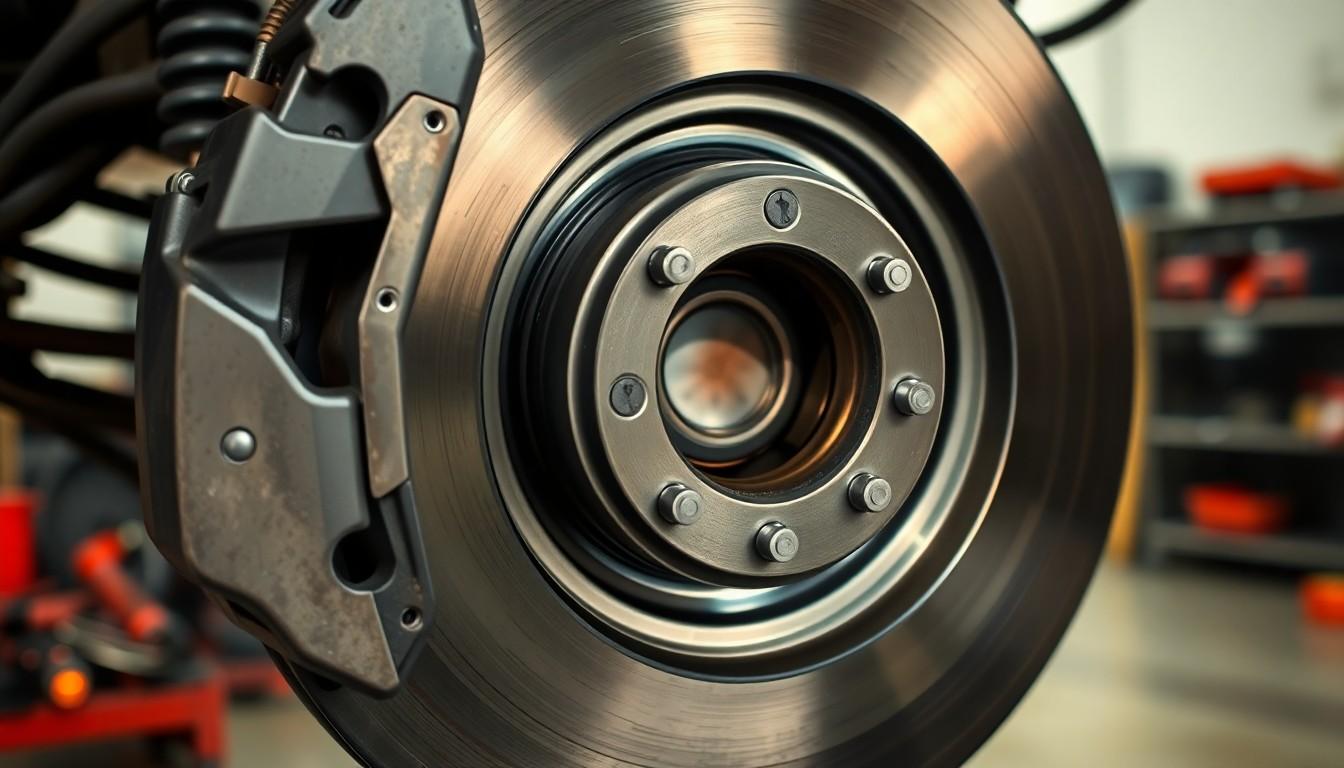
Drum brakes and disc brakes represent two distinct braking technologies used in vehicles today. These systems differ significantly in design, components, and operation, with each offering unique advantages depending on application needs.
Terminology Differences Between Systems
Drum and disc brake systems use completely different components to achieve the same goal of stopping a vehicle. Drum brakes feature brake shoes rather than brake pads, which press against the inside of a rotating drum to create friction. Disc brakes, in contrast, employ brake pads that squeeze against a rotating disc (or rotor) via a caliper mechanism. These terminology differences reflect the fundamental design variations between the two systems. Understanding these distinctions helps vehicle owners identify components correctly when performing maintenance or discussing repairs with mechanics. The surface area where friction occurs also differs—drum brakes create friction on the inner cylindrical surface while disc brakes generate friction on both flat sides of the rotor.
Maintenance and Replacement of Drum Brake Shoes
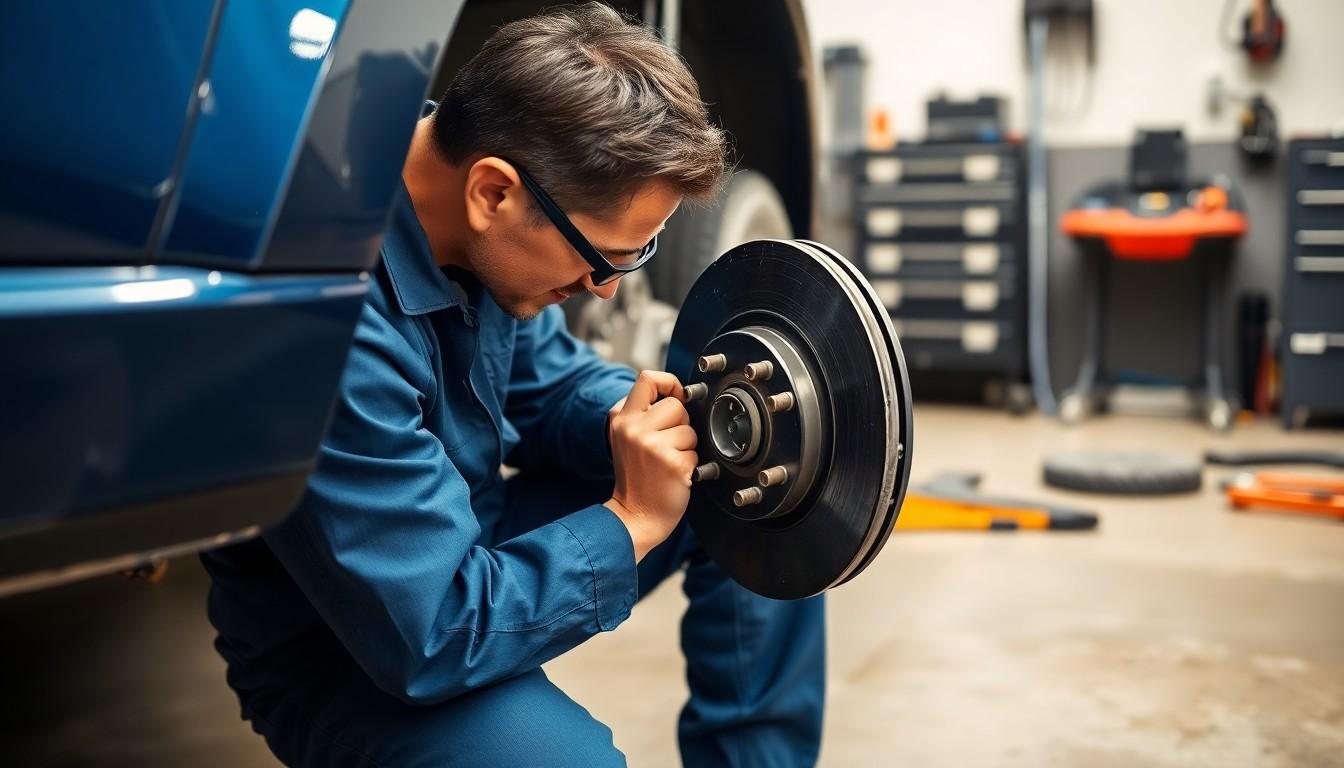
Regular maintenance of drum brake shoes ensures optimal braking performance and extends the lifespan of your vehicle’s braking system. Unlike disc brakes that use pads, drum brakes rely on shoes that require exact inspection criteria and replacement procedures.
Inspection and Replacement Criteria
Brake shoes require replacement when the friction material wears down to 2 mm or less. Annual inspections are recommended for most vehicles, though brake shoes typically last more than 50,000 miles under normal driving conditions. Vehicles used for towing or hauling heavy loads experience faster wear rates, necessitating more frequent inspections. Regular assessment of brake shoe condition prevents expensive repairs and maintains safe braking performance.
Signs Your Drum Brake Shoes Need Replacing
Several indicators suggest your drum brake shoes require replacement:
- Sinking Brake Pedal: The brake pedal feels like it’s sinking to the floor even after front brake pad replacement, indicating worn rear brake shoes
- Unusual Noises: Horrible sounds occur when metal backing or rivets contact the drum surface, potentially causing permanent drum damage
- Oil Contamination: Grease or oil from a failed wheel bearing can contaminate brake shoes, compromising their effectiveness and requiring immediate replacement
- Heat Damage: Accidentally driving with the parking brake engaged causes glazing or overheating of the shoe surface, necessitating new brake shoes
- Performance Changes: Reduced braking power or increased stopping distance indicates deteriorating brake shoe condition
When performing visual inspections, remove the drum whenever the rear wheels are off. Examine brake shoes for uneven wear patterns, damage to the friction material, or excessive thinning. Always replace brake shoes on both sides simultaneously to maintain balanced braking performance. During replacement, inspect drums for scoring or other damage, and consider resurfacing or replacing them if necessary. Using new hardware components ensures proper function and optimal braking performance.
Common Misconceptions About Drum Brakes
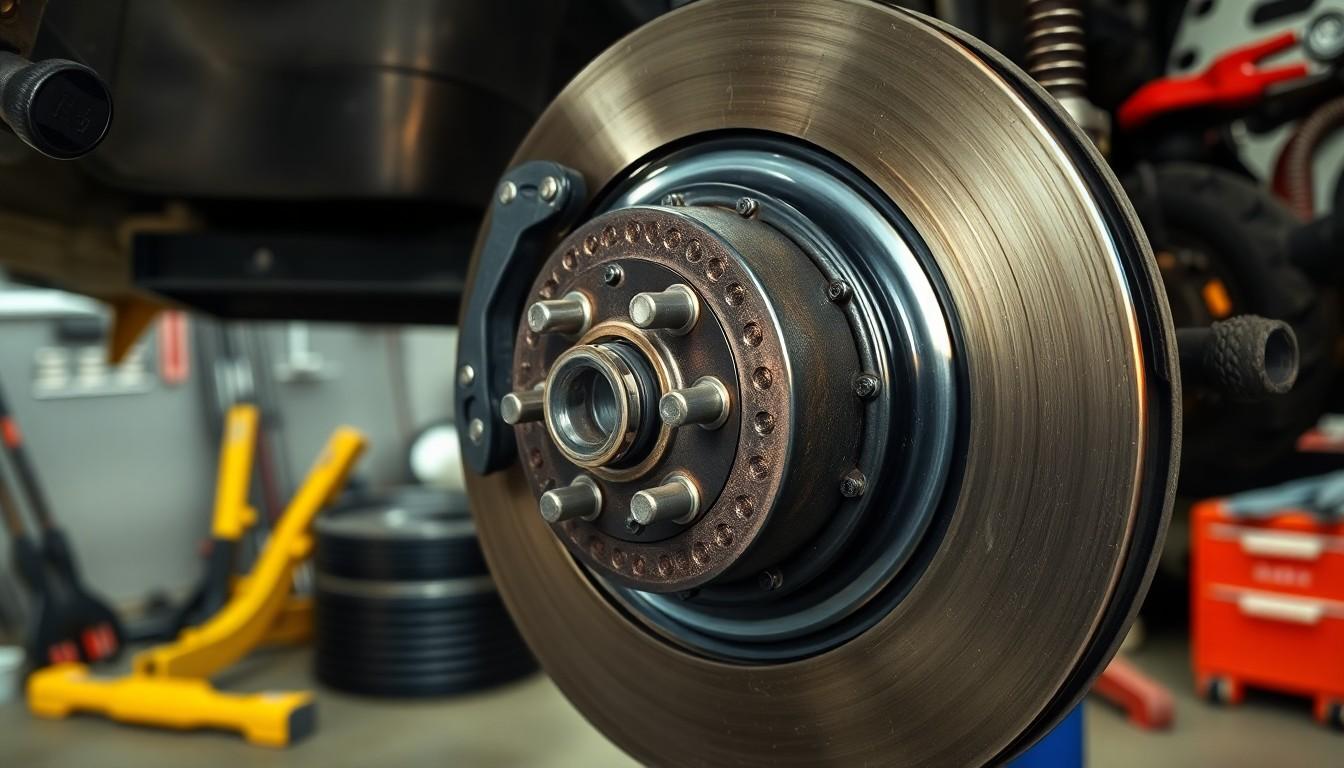
Brake Pads vs. Brake Shoes Confusion
Many people incorrectly assume that drum brakes use brake pads, similar to disc brake systems. This misunderstanding stems from the widespread familiarity with disc brakes in modern vehicles. Drum brakes actually use brake shoes instead of pads, which are curved components designed to press against the inner surface of the rotating drum. The terminology matters because using incorrect terms can lead to confusion when purchasing replacement parts or discussing repairs with mechanics.
Misleading Terminology in Automotive Discussions
Automotive discussions sometimes perpetuate confusion by incorrectly referring to “drum brake pads.” Some sources might misleadingly mention “pads” when discussing drum brakes, but this terminology is inaccurate. The correct terms are “brake shoes” or “shoe linings,” which describe the friction materials that contact the brake drum. Understanding this distinction helps vehicle owners communicate effectively with service professionals and avoid purchasing incompatible components.
Functional Equivalence Misconceptions
Though brake shoes and brake pads both create friction to stop vehicles, they’re not interchangeable components. Brake shoes are specifically designed for the cylindrical inner surface of drum brakes, while pads are flat components that squeeze against disc rotors. The braking action in drum systems occurs when brake shoes push outward against the drum’s inner surface—a fundamentally different mechanism than the squeezing action of disc brake systems. Recognizing these mechanical differences is essential for proper maintenance and troubleshooting of braking issues.
Benefits and Limitations of Drum Brake Systems
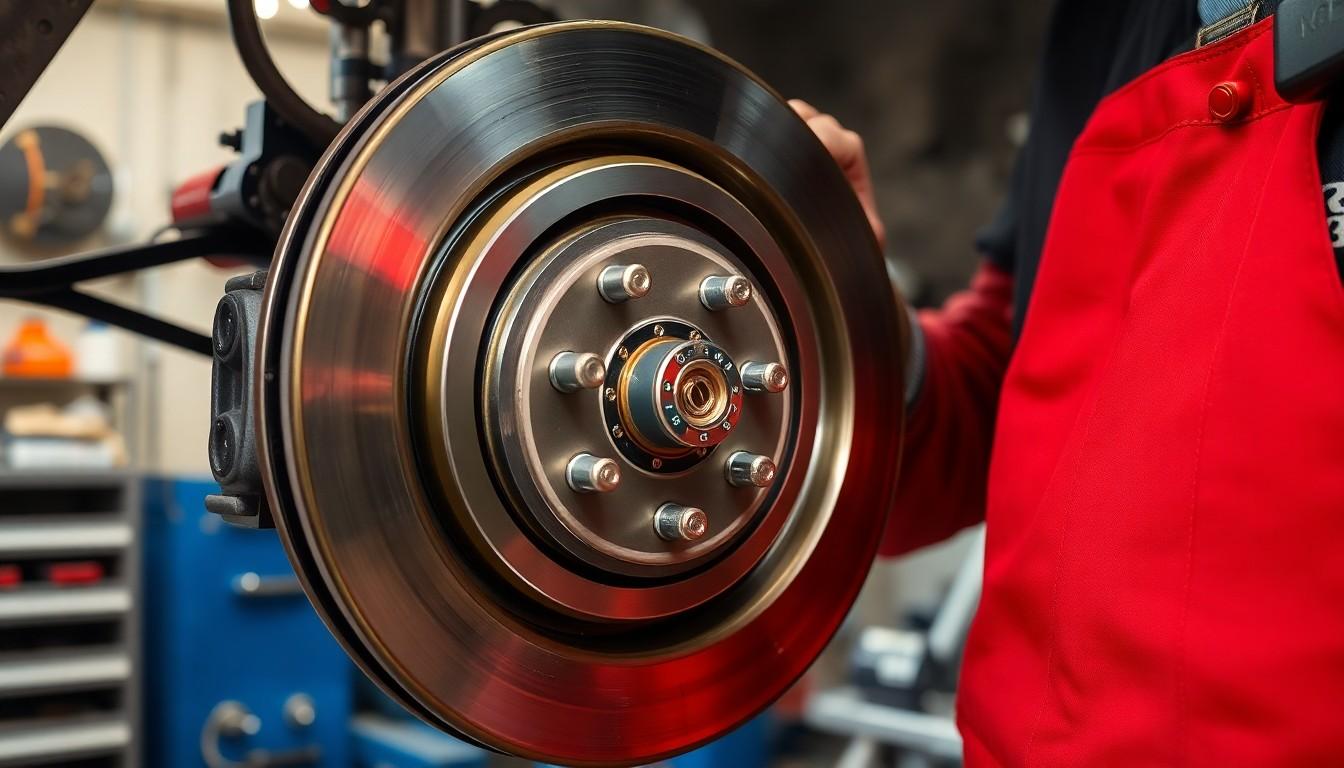
Benefits of Drum Brake Systems
Drum brakes offer several advantages that make them suitable for exact applications in vehicles. They provide consistent braking force regardless of whether the vehicle moves forward or backward, creating reliable stopping power in various driving conditions. Their relatively simple design makes them more cost-effective to manufacture and maintain compared to disc brake systems. Many vehicles incorporate drum brakes with integrated parking brake mechanisms, streamlining the overall braking system design with fewer components. The enclosed nature of drum brakes also protects the internal components from water, dirt, and debris, potentially extending their service life in certain environments.
Limitations of Drum Brake Systems
Even though their benefits, drum brakes face important limitations compared to more modern designs. Heat dissipation represents their primary weakness, as the enclosed drum structure traps heat generated during braking, potentially leading to brake fade during prolonged or heavy braking situations. Maintenance tasks often prove more complex with drum brakes, requiring special tools and more technical expertise to service properly. Performance suffers under high-speed or heavy-load conditions due to their inferior heat management capabilities. Diagnosing problems with drum brakes can be challenging since the components remain hidden inside the drum, limiting visual inspection opportunities without partial disassembly. These limitations explain why most modern vehicles use disc brakes for front wheels while sometimes retaining drum brakes for rear wheels to balance performance with cost-effectiveness.
Conclusion
Understanding the difference between drum brakes with their brake shoes and disc brakes with pads is essential for anyone maintaining their vehicle. We’ve clarified that drum brakes don’t have pads but instead use brake shoes that create friction against the drum’s inner surface.
Whether you’re performing maintenance yourself or communicating with a mechanic knowing the correct terminology prevents confusion and ensures you get the right parts. Regular inspection of your drum brake components will help maintain optimal braking performance and safety.
Though many modern vehicles now favor disc brakes for their superior heat dissipation drum brakes remain common especially on rear wheels offering a balance of reliability cost-effectiveness and adequate stopping power for many driving situations.
Frequently Asked Questions
Do drum brakes have pads?
No, drum brakes do not have pads. Instead, they use brake shoes, which are curved components that press against the inside of the drum to create friction. Brake pads are flat components used only in disc brake systems. Understanding this difference is important when purchasing parts or discussing repairs with mechanics.
What are the main components of a drum brake system?
A drum brake system consists of a brake drum, backing plate, brake shoes, return springs, wheel cylinders, and adjusters. The brake shoes have friction material and press against the inside of the rotating drum when brakes are applied. Supporting components like return springs ensure proper function and longevity of the system.
How do drum brakes work?
Drum brakes work by creating friction to slow and stop vehicles. When you press the brake pedal, hydraulic pressure pushes the wheel cylinder pistons outward, forcing the brake shoes against the inner surface of the rotating drum. This contact creates friction that slows the wheel. Return springs pull the shoes back when you release the pedal.
What’s the difference between brake shoes and brake pads?
Brake shoes are curved components used in drum brakes that press outward against a drum’s inner surface. Brake pads are flat components used in disc brakes that squeeze inward against both sides of a rotor. While both create friction to stop vehicles, they have different designs and are not interchangeable.
How long do drum brake shoes last?
Drum brake shoes typically last longer than disc brake pads, often lasting 150,000-200,000 miles under normal driving conditions. This longevity is due to their larger surface area and the protective nature of the drum housing. However, lifespan varies based on driving habits, vehicle weight, and environmental conditions.
When should I replace drum brake shoes?
Replace drum brake shoes when the friction material wears down to 2mm or less, or if you notice symptoms like a sinking brake pedal, squealing/grinding noises, contamination from brake fluid or oil, visible heat damage, or decreased braking performance. It’s recommended to inspect brake shoes annually and replace them on both sides simultaneously.
Do modern vehicles still use drum brakes?
Yes, many modern vehicles still use drum brakes, typically on the rear wheels, while using disc brakes on the front wheels. This hybrid approach balances performance with cost-effectiveness. Front brakes handle 70-80% of braking force, requiring the superior heat dissipation of disc brakes, while rear drums provide adequate stopping power at lower cost.
What are the advantages of drum brake systems?
Drum brake systems offer several advantages: they provide consistent braking force in various conditions, are more cost-effective than disc brakes, include built-in emergency brake mechanisms, and protect internal components from road debris and elements. They’re also effective for vehicles that don’t require high-performance braking.
What are the limitations of drum brake systems?
Drum brakes have significant limitations including poor heat dissipation (leading to brake fade during heavy use), more complex maintenance requiring special tools, difficulty in diagnosing problems due to hidden components, and less responsive performance compared to disc brakes. These limitations explain why many vehicles now use disc brakes.
How can I properly maintain drum brakes?
Maintain drum brakes by having them inspected annually, keeping the system clean of debris and contaminants, addressing any unusual sounds or changes in braking performance immediately, ensuring proper adjustment, and replacing worn components promptly. When replacing shoes, always use quality parts and consider replacing hardware components like springs simultaneously.

